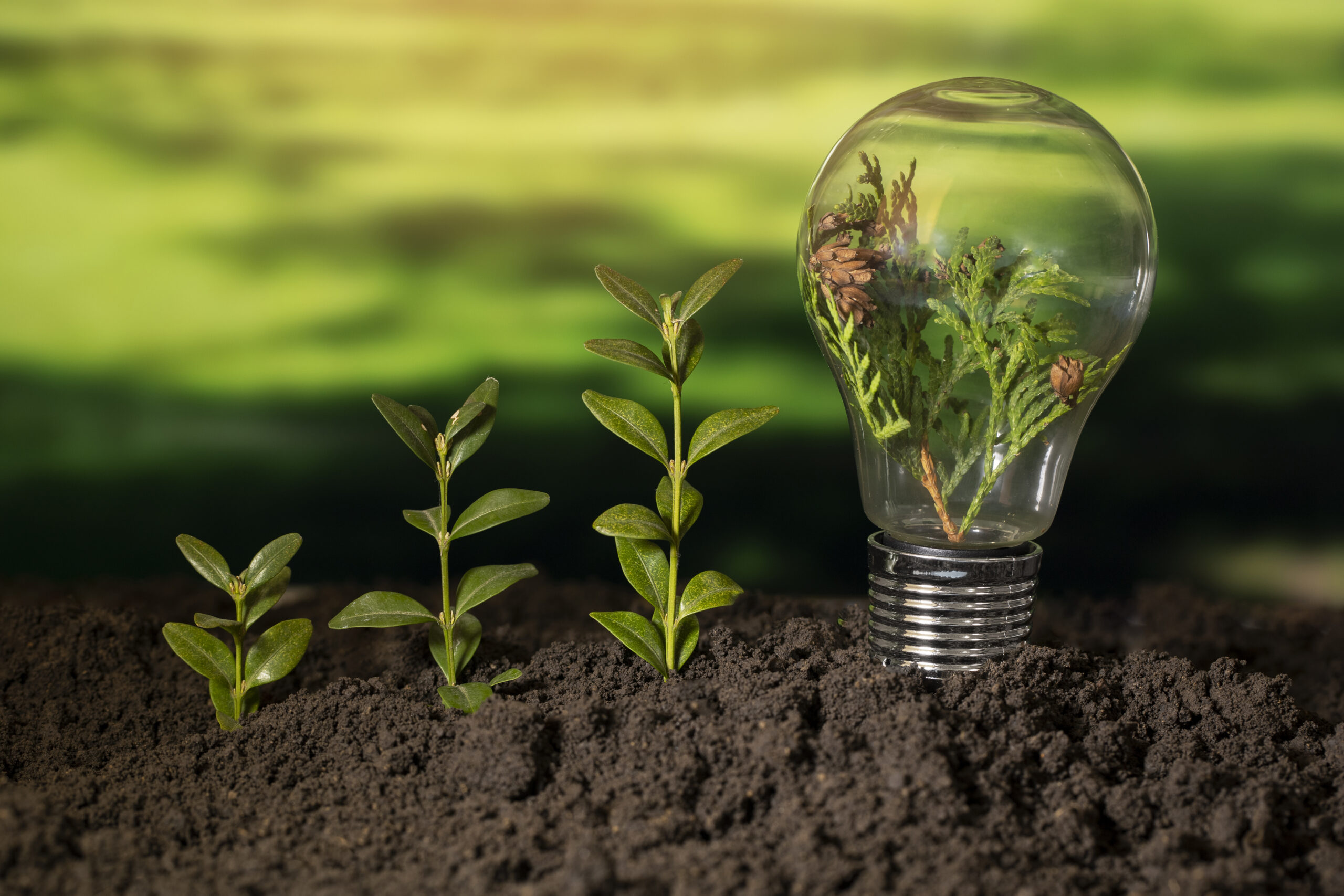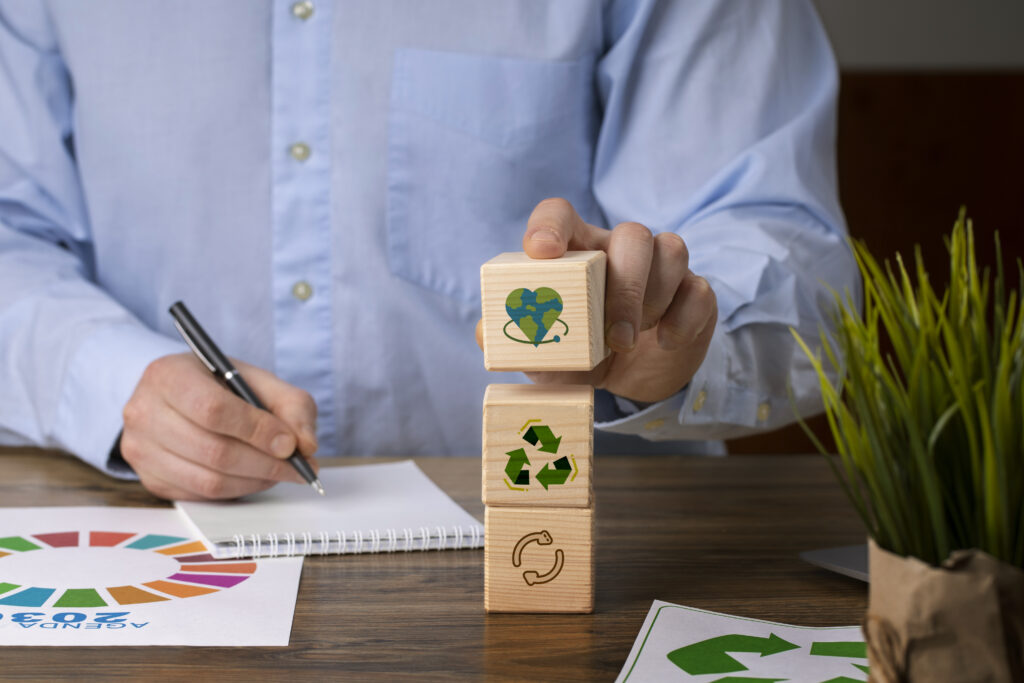Innovative Packaging Solutions: Driving Sustainability in Modern Packaging

Sustainability is no longer a side initiative—it’s a core business imperative. As global regulations tighten and consumer expectations evolve, companies are being challenged to rethink every aspect of their supply chain. One of the most powerful levers in that transformation? Packaging.
From reducing waste to enhancing product protection, innovative packaging solutions are emerging as a powerful force in sustainable strategy. By minimizing material use, optimizing for transport, and extending product integrity, these solutions reduce environmental impact across the entire supply chain—without compromising reliability or performance.
This post explores how innovative packaging can accelerate sustainability, improve supply chain efficiency, and future-proof your packaging strategy—with the right partner at your side.
The Role of Innovative Packaging Solutions in Sustainable Supply Chains
Packaging has long been seen as a necessity — a passive container, a cost to manage. That mindset is shifting. Today, innovative teams are turning packaging into a strategic driver of sustainability and supply chain resilience.
Smarter, lighter formats can reduce emissions during transit. Streamlined designs lead to fewer materials used, less warehouse space needed, and more efficient shelf displays. A well-executed redesign trims waste and unlocks operational gains at every link in the supply chain.
But this kind of impact doesn’t happen in isolation. It requires cross-functional collaboration and deep technical understanding. Teams in procurement, logistics, and design are coming together earlier in the process—treating packaging as a critical component in their ESG and operational strategies, not an afterthought to fix later.
Industries like pharmaceuticals, electronics, and consumer goods face an added layer of complexity. Packaging must meet strict compliance and performance standards while also reducing environmental impact. Achieving both demands intention, leadership, and a willingness to challenge the status quo.
That’s where the right packaging partner makes the difference. One who listens, collaborates, and brings proactive solutions to the table. When guided by expertise and shared goals, innovative packaging becomes a catalyst for both long-term sustainability and competitive advantage.
How Thermoformed Packaging Supports Sustainable Innovation
Among the most promising advancements in sustainable packaging is thermoforming — a process that empowers businesses to use custom, lightweight, and precisely engineered packaging with minimal material waste.
Traditional packaging often defaults to excess. Thermoforming flips that logic by tailoring packaging to fit the product exactly, using only as much material as necessary. This reduces raw material usage and cuts down on bulk during transport and storage, leading to lower emissions and reduced costs.
Thermoformed plastic packaging also offers modularity and versatility. Components can be designed to nest, stack, or separate easily, reducing both manufacturing complexity and consumer frustration. In distribution environments, these efficiencies can translate to tangible savings in pallet density and load optimization.
Perhaps most critically, thermoforming delivers sustainable impact without sacrificing function. Durability, presentation, and protection are maintained or even improved, while environmental footprint is reduced. It’s a win that doesn’t ask businesses to choose between sustainability and performance.

Sustainable Packaging Materials Driving a Circular Economy
Sustainable packaging is only as strong as the materials behind it. Today’s innovative materials— such as polyethylene terephthalate (PET) and post-consumer recycled (PCR) —are driving the change brands need to meet environmental goals without sacrificing performance.
But choosing the right materials is no small feat. Manufacturers must anticipate challenges, understand regional regulations, and ensure reliability at every stage—from sourcing to the end-user experience.
Executives today are looking for manufacturers with verified certifications, consistent performance, and real solutions that meet growing pressures to reduce plastic waste and increase recycling rates. As global regulations tighten, packaging companies must rise to the challenge, leading the way with innovation that keeps pace with evolving standards.
Building a true circular economy isn’t a solo effort—it takes collaboration. Packaging solutions must work across regions and jurisdictions, and that requires foresight and a deep understanding of how to design for the long term.
Choosing the right materials, with the right partner, turns innovative packaging solutions into a cornerstone of circular progress.
Packaging Design for Disassembly, Recovery, and Recycling
Even the most sustainable materials can fall short if the packaging is too complex to recycle. That’s why innovative packaging design increasingly focuses on what happens after the product is used, and how easy it is for the packaging to enter the right recovery stream.
Designing for disassembly means minimizing the mix of incompatible materials, eliminating unnecessary adhesives or coatings, and simplifying form factors. The goal: reduce friction for recycling facilities and consumers alike.
For example, replacing a multi-material tray and film with a single-material alternative can vastly improve the recyclability of a package without sacrificing function. Simple changes — such as using easily separated labels or inks that don’t interfere with processing — can increase recovery rates and decrease contamination.
This level of intentionality in design isn’t just good for the planet. It’s good for business. Higher recovery rates strengthen a company’s sustainability reporting, support regulatory compliance, and often contribute to Extended Producer Responsibility (EPR) credits in regulated regions.
Smart packaging design enhances both environmental performance and operational efficiency—protecting products, resources, and reputations.
Why Innovation Requires the Right Packaging Partner
Driving sustainability through packaging innovation is a long-term evolution. And while companies bring vision, values, and strategy to the table, execution often rests on the shoulders of their packaging partners.
A true packaging partner doesn’t just fulfill a spec. They ask the right questions, anticipate challenges, and help clients balance competing priorities — cost, performance, sustainability, and speed. They understand the regulatory landscape and proactively adapt to shifting requirements.
This kind of relationship thrives on trust. It’s built through consistent delivery, open communication, and the ability to turn complex goals into practical solutions.
Working with a packaging team that values agility and precision ensures innovation stays on track, even as demands change. And in a world where sustainability isn’t just an ideal but a business necessity, having that kind of partner is essential.

Transform Your Sustainability Strategy with Innovative Packaging Solutions
The future of sustainable packaging is already in motion. Businesses that embrace innovative packaging solutions are reducing their environmental footprint and gaining a competitive edge.
But innovation requires the right combination of strategy, design, materials, and execution — delivered by a partner who sees sustainability as a commitment.
If your organization is ready to move from ideas to impact, let’s talk.
Contact us to explore innovative packaging solutions that deliver for the planet, and your business.
